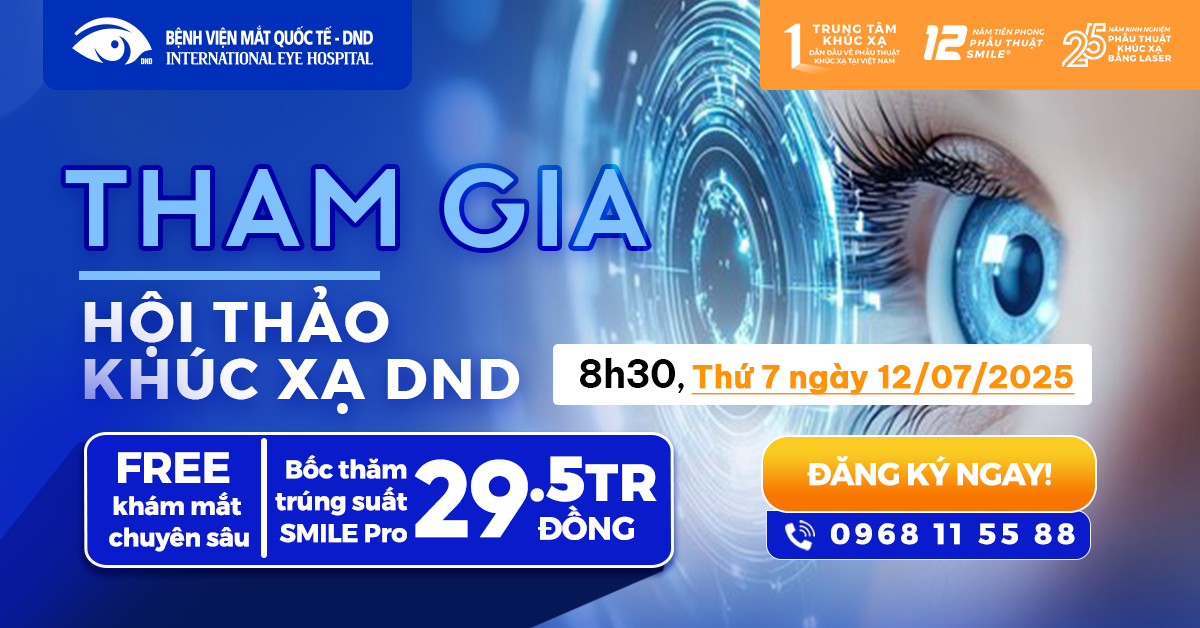During an eye test, eye doctors use eye charts to measure how well you see in the distance, compared with other human beings.
The classic example of an eye chart is the Snellen eye chart, developed by Dutch eye doctor Hermann Snellen in the 1860s. There are many variations of the Snellen eye chart, but in general they show 11 rows of capital letters. The top row contains one letter (usually the “big E,” but other letters can be used). The other rows contain letters that are progressively smaller.
During an eye exam, your eye doctor will ask you to find the smallest line of text letters that you can make out, and ask you to read it. If you can read the bottom row of letters, your visual acuity is very good.
Eye charts can be configured in various ways, but generally, if during an eye test you can read the big E at the top but none of the letters lower than that, your vision is considered 20/200. That means you can read at 20 feet a letter that people with “normal” vision can read at 200 feet. So at 20/200, your visual acuity is very poor.
Usually the 20/20 line of letters is fourth from the bottom, with 20/15, 20/10 and 20/5 below that. Not many people have 20/10 or better visual acuity, but many animals do, especially birds of prey, which have been estimated to have an acuity of 20/5 or even better.
MENUMENU
- Home
- About us
- About usBệnh viện mắt quốc tế – DND là bệnh viện chuyên khoa mắt công nghệ cao với đội ngũ bác sĩ dày dặn kinh nghiệm
- Our historyĐược thành lập từ năm 2011, bệnh viện đã từng bước chuyển mình trong đầu tư công nghệ và nhân lực
- Our vision and missionMục tiêu “Vì đôi mắt cộng đồng” đem lại cho người bệnh dịch vụ và công nghệ hiện đại nhất phù hợp với thu nhập
- Our staff
- Our Equipment
- Our divisions
- Recruitment
- Services
- Department of Laser Vision CorrectionTrung tâm khúc xạ. Điều trị và phẫu thuật khúc xạ và lão thị.
- Department of Cataract TreatmentsTrung tâm phẫu thuật Phaco Phẫu thuật điều trị bệnh Đục thủy tinh thể
- Department of Fundus IssuesTrung tâm tầm soát Võng mạc. Điều trị và tầm soát các bệnh lý đáy mắt.
- Department of Diagnostic and TreatmentKhám và điều trị ngoại trú các bệnh lý về mắt.
- Department of Eye Cosmetic SurgeriesTrung tâm điều trị thẩm mỹ vùng mắt và phẫu thuật trung phẫu thẩm mỹ
- Membership CardCác gói thẻ theo dõi và điều trị (Khúc xạ, Đáy mắt), và hỗ trợ ( thẻ Family, thẻ VIP )
- For customers
- News and Events
- Contact us







































